
The Black Book of Carmarthen by J. Gwenogvryn Evans Very Good HB (1907) Berwyn Books
The Black Book of Carmarthen (so called because of the color of its binding and its connection with the Priory of Saint John the Evangelist and Teulyddog, Carmarthen) is thought by modern scholars to be the work of a single scribe writing at different times before and about the year 1250.
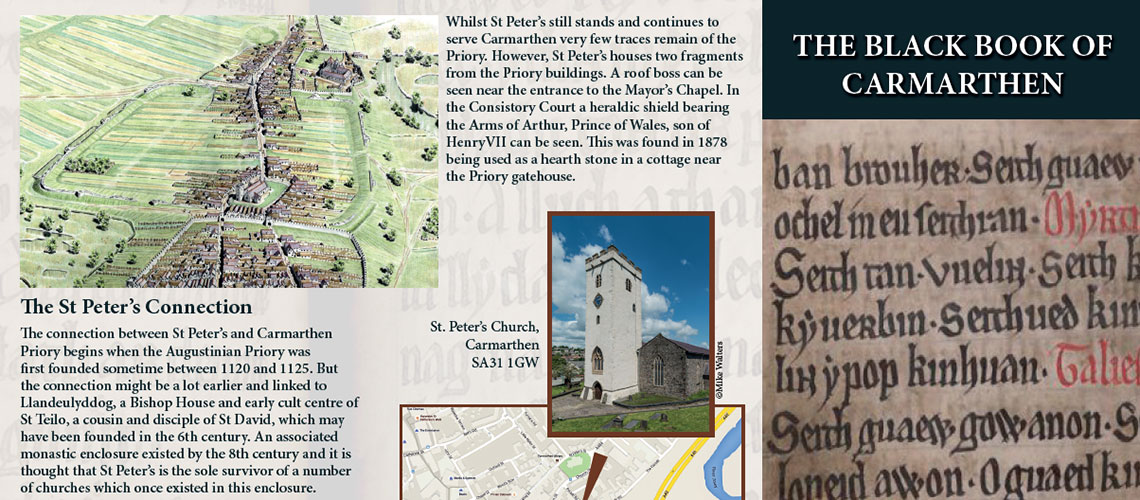
The Black Book of Carmarthen St Peter's Church, Carmarthen
Carmarthen', Proceedings of the British Academy 71 (1985), 333-56; M. Williams, 'Studies in the Black Book of Carmarthen' (unpubl. PhD thesis, University of Cambridge, 2016). 3 Those Black Book poems attested in other medieval manuscripts are: Trioedd y Meirch (not arranged as in the Black Book), Moli Duw yn Nechrau a Diwedd, Cyntefin.
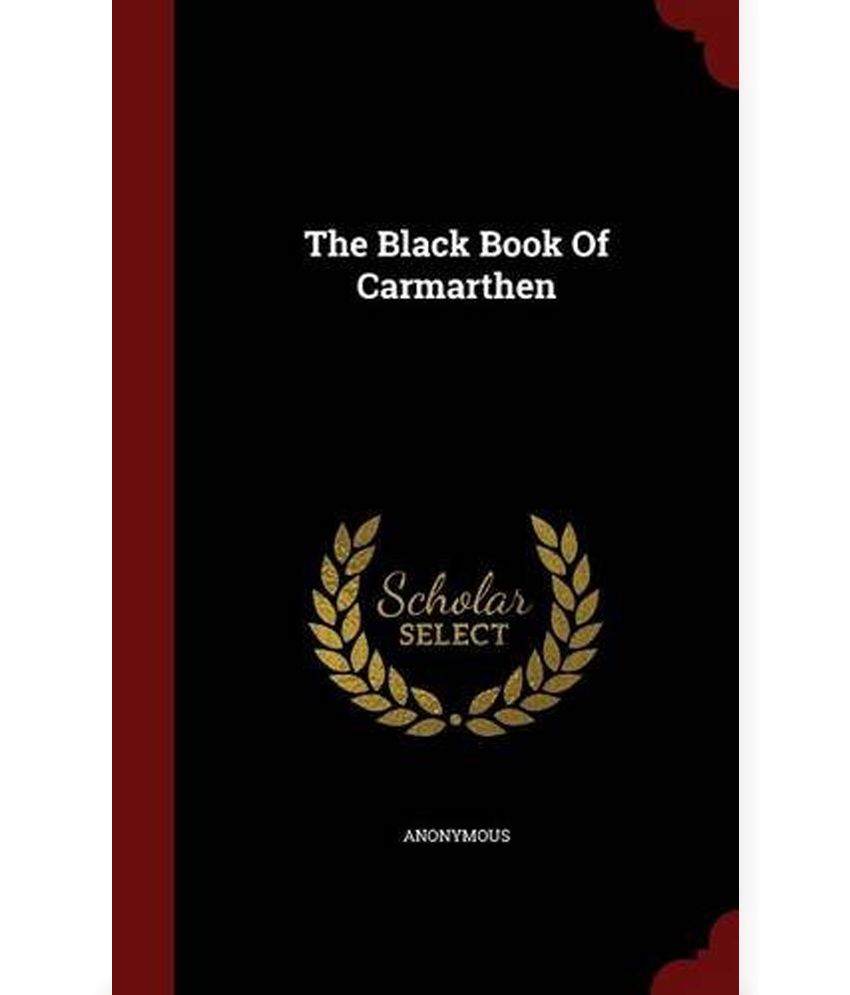
The Black Book of Carmarthen Buy The Black Book of Carmarthen Online at Low Price in India on
The Black Book of Carmarthen is no exception to the rule. It was written by men of Deheubarth, whose accent may still be heard in the neighbourhood of its origin, the Priory of St. Johns, founded for Black Canons about the year 1148, at the east end of the town of Carmarthen. The Iriory itself is in the last stages of decay the very names of.

The Black Book of Carmarthen Celtic Classics by Anonymous Goodreads
The Black Book of Carmarthen was written by a single monk around 1250 and is the oldest surviving manuscript written solely in Welsh. Source - National Library of Wales. The two spooky faces hidden to the naked eye for centuries were found by scholars using ultraviolet light in the 750-year-old Black Book of Carmarthen - which contains some of.

Ghostly Faces Appear In Medieval 'Black Book of Carmarthen' HuffPost
Description Written before 1250, the manuscript is a small (170 mm × 125 mm; 7 inches × 5 inches), [3] incomplete, vellum codex of 54 folios (108 pages) in eight gatherings; several folios are missing.

The Black Book of Carmarthen Neue wissenschaftliche Erkenntnisse rücken die Handschrift wieder
Black Book of Carmarthen is no exception to the rule. It was written by men of Deheubarth, whose accent may still be heard in the neighbourhood of its origin, the Priory of St. John's, founded for Black Canons about the year 1148, at the east end of the town of Carmarthen. The Priory itself is in the last.

Llyvyr Du Kaer Vyrddin The Black Book of Carmarthen by Reproduced and Edited By I. Gwenogvryn
The Black Book of Carmarthen together with the rest of the Peniarth collection of manuscripts is now housed among the Special Collections of the National Library of Wales, Aberystwyth, the collection having been purchased in 1904 for the proposed National Library by its primary founder and foremost benefactor, Sir John Williams, baronet (1840-19.
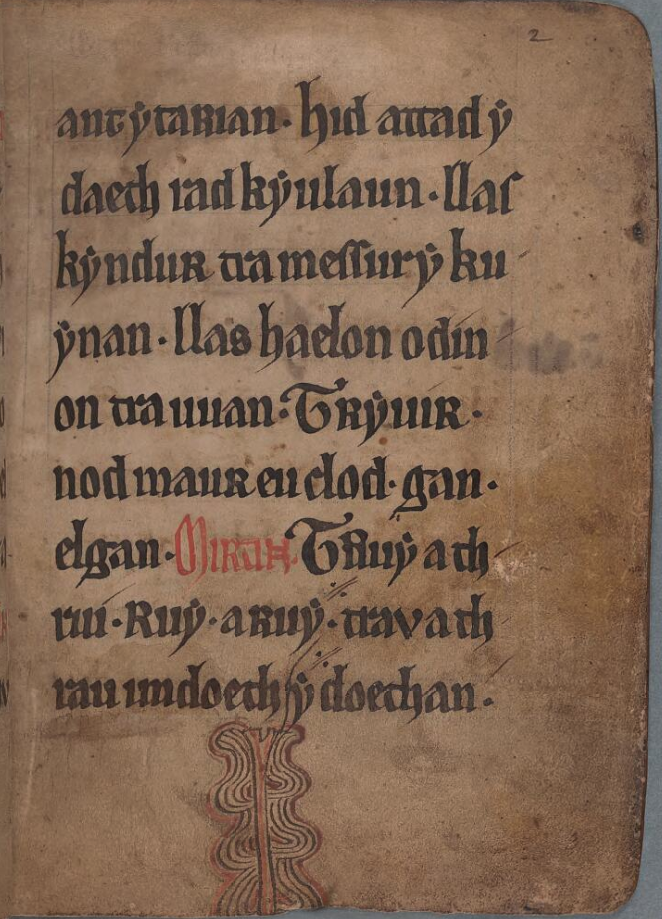
The Black Book of Carmarthen (Llyfr Du Caerfyrddin), Probably Earliest Surviving Manuscript
The Black Book of Carmarthen Currently housed at the National Library in Wales, the Black Book of Carmarthen (Peniarth MS 1) is a manuscript dating to the middle of the thirteenth century. It is believed to have been the work of a single scribe at the Priory of St. John in Carmarthen.

The Black Book of Carmarthen by Unknown
The Black Book of Carmarthen is a collection of early Welsh poems and manuscripts.
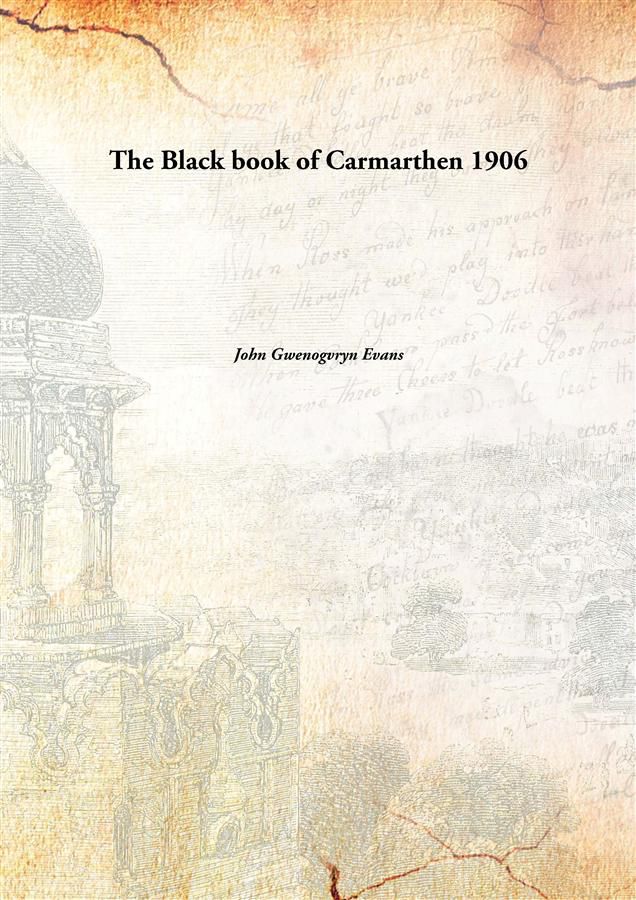
The Black book of Carmarthen 1906 Buy The Black book of Carmarthen 1906 Online at Low Price in
Other articles where Black Book of Carmarthen is discussed: Celtic literature: The Middle Ages:.of poetry preserved in the Black Book of Carmarthen (c. 1250) were parts of soliloquies or dialogues from other lost sagas. Examples are a conversation between Arthur and the doorkeeper Glewlwyd Mightygrasp; a monologue of Ysgolan the Cleric; verses in praise of Geraint, son of Erbin; and a.
The Black Book of Carmarthen the oldest surviving book written in Welsh (c. 1250 AD) Wales
The Black Book of Carmarthen I. Myrddin: How sad with me, how said, Cedfyl and Cadfan are fallen! The slaughter was terrible, Shields shattered and bloody. Taliesin: I saw Maelgwn battling--The host acclaimed him. Myrddin: Before two men in battles they gather Before Erith and Gwrith on pale horses. Slender bay mounts will they bring

The Black Book of Carmarthen by Unknown
PREFACE. THE Author of this very practical treatise on Scotch Loch - Fishing desires clearly that it may be of use to all who had it. He does not pretend to have written anything new, but to have attempted to put what he has to say in as readable a form as possible. Everything in the way of the history and habits of fish has been studiously avoided, and technicalities have been used as.
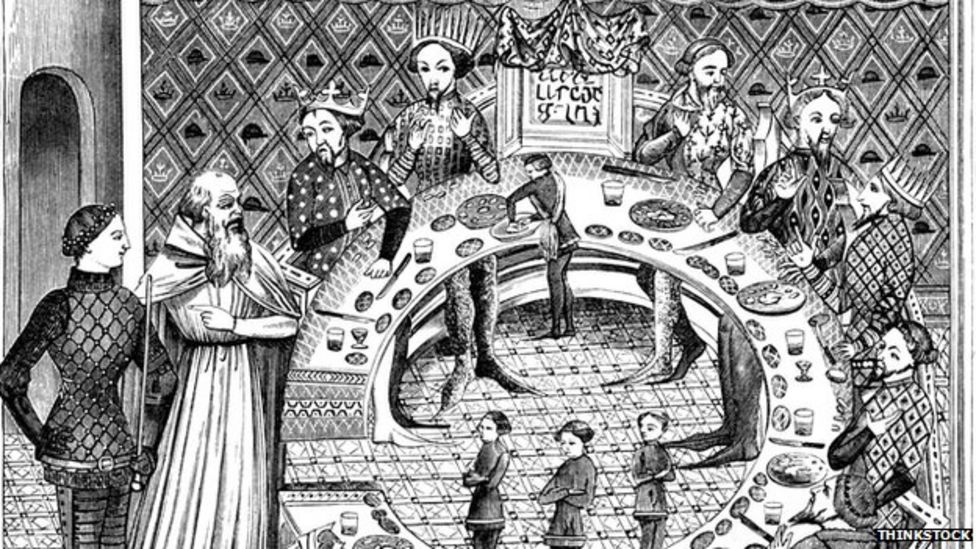
Doodles and poems found in Black Book of Carmarthen BBC News
The Black Book of Carmarthen is thought to be the earliest surviving manuscript written solely in Welsh. The book dates from the mid-13th century; its name comes from its association with the Priory of St. John the Evangelist and Teulyddog at Carmarthen, and is referred to as black due to the colour of its binding.

This book will be on display in its home town 750 years after it was published Wales Online
This book has been considered by academicians and scholars of great significance and value to literature. This forms a part of the knowledge base for future generations. So that the book is never forgotten we have represented this book in a print format as the same form as it was originally first published. Hence any marks or annotations seen are left intentionally to preserve its true nature.

The Black Book of Carmarthen by J. Gwenogvryn Evans Very Good HB (1907) Berwyn Books
THE BLACK BOOK OF CARMARTHEN English And Welsh Texts. Topics Welsh carmarthen Collection opensource. Black book Carmarthen . Addeddate 2021-05-26 22:38:33 Identifier the-black-book-of-carmarthen-english-and-welsh-texts Identifier-ark ark:/13960/t9485n940 Ocr tesseract 5..-alpha-20201231-10-g1236 Ocr_autonomous true

The Black Book of Carmarthen by J. Gwenogvryn Evans Very Good HB (1907) Berwyn Books
The Black Book of Carmarthen XXXIII from The Four Ancient Books of Wales. BULL of conflict was he, active in dispersing an arrayed army, The ruler of hosts, Indisposed to anger, Blameless and pure his conduct in protecting life. Against a hero stout was his advance, The ruler of hosts, disposer of wrath.